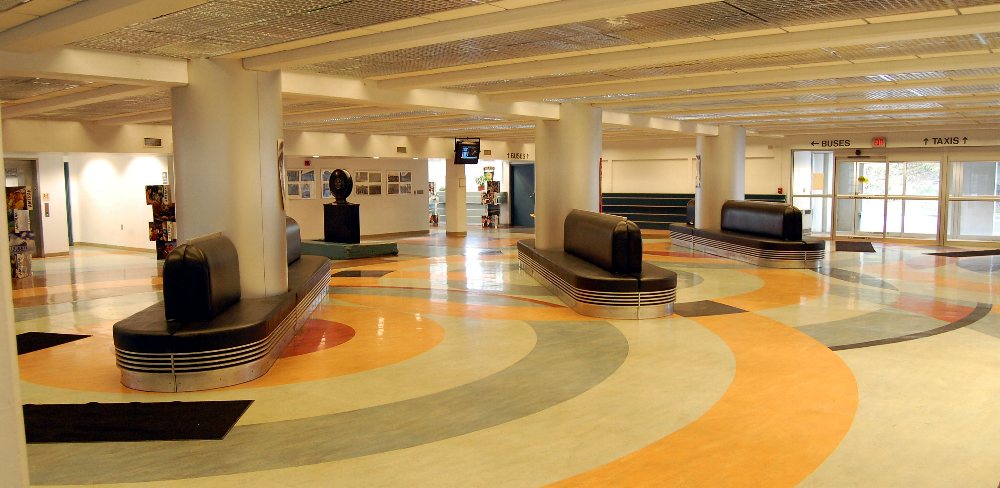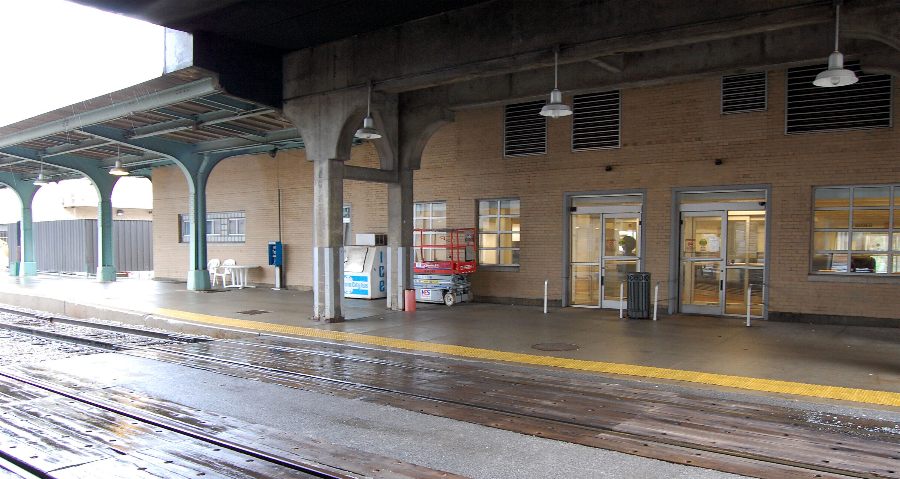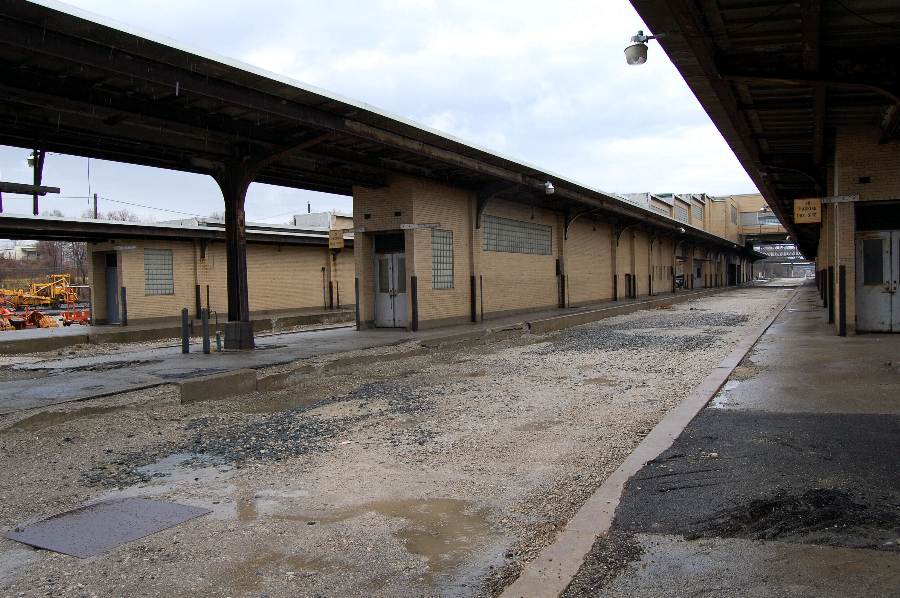We all get hung up on the old demolished NYP station and many of the classic looking station from the golden age of railroading. However, what about stations built when the railroads started to decline in the 50s- through the 70s. Where are these stations located and are they being preserved or in jeopardy of being demolished? One I can think of is Charlotte NC which was built in the 1960s which is slated to be replaced. While I like the old grand stations, the newer modern stations have a certain functionality and modernism which, in my opinion, is also worthy of preservation. This is true for buildings too,
Some of the early 1950s stations have some quality to them, and (for example) Elyria, OH is actually trying to move back into its 1950s station. I'd say New Orleans in 1954 is one of the last of the worthwhile 1950s stations. Some of the Southern Railway stations of the late 1950s-1970s are better than the average because Southern was not actively trying to kill ridership, and may be worth preserving, but most of the stations of the period really aren't.
As for the Amtrak stations of the 1970s... well... they're not functional, and they aren't decorative, but for preservationists who care about such things, Midway in Minneapolis will be preserved for now, and I think that's quite sufficient. It is an appropriate building to put on the National Historic Register as an example of an Amshack. Most of the other Amshacks were in the right *locations* for train stations and therefore must be destroyed in order to build a useful train station.
The late 1950s through early 1970s stations are mostly junk. Shacks. Particularly in NY Central territory, where they were aggressively trying to destroy ridership. Like the many tin-roofed uninsulated industrial buildings of the 19th century -- mostly long-demolished -- most of these stations are quite worthy of being demolished, and were worthy of being demolished when they were built. Not everything should be preserved.
I have a bias towards preserving solidly built buildings with ornamental detail rather than buildings with structural defects and no love put into them. If you're going to preserve buildings from the 50s, I say preserve the ones which had some care and interest put into them -- and in the late 50s and 60s that mostly means the drive-in movie theaters, the drive-in restaurants, the airports, not the railroad stations.
Starting in the 1980s there are a lot of new train stations built by various municipalities in a wide variety of different styles, and *these* have value. They were built as gateways to the city, as items of civic pride, in an era where people were thinking positively about the return of rail -- and I do hope that we preserve many of those 1980s and 1990s stations when the time comes, because they have both functionality and decoration.
Trivia question to which I do not know the answer. What is the first train station building built by a municipality or municipal agency (as opposed to by Amtrak) for the benefit of Amtrak train service? It's a common thing now -- but when and where did it start?











